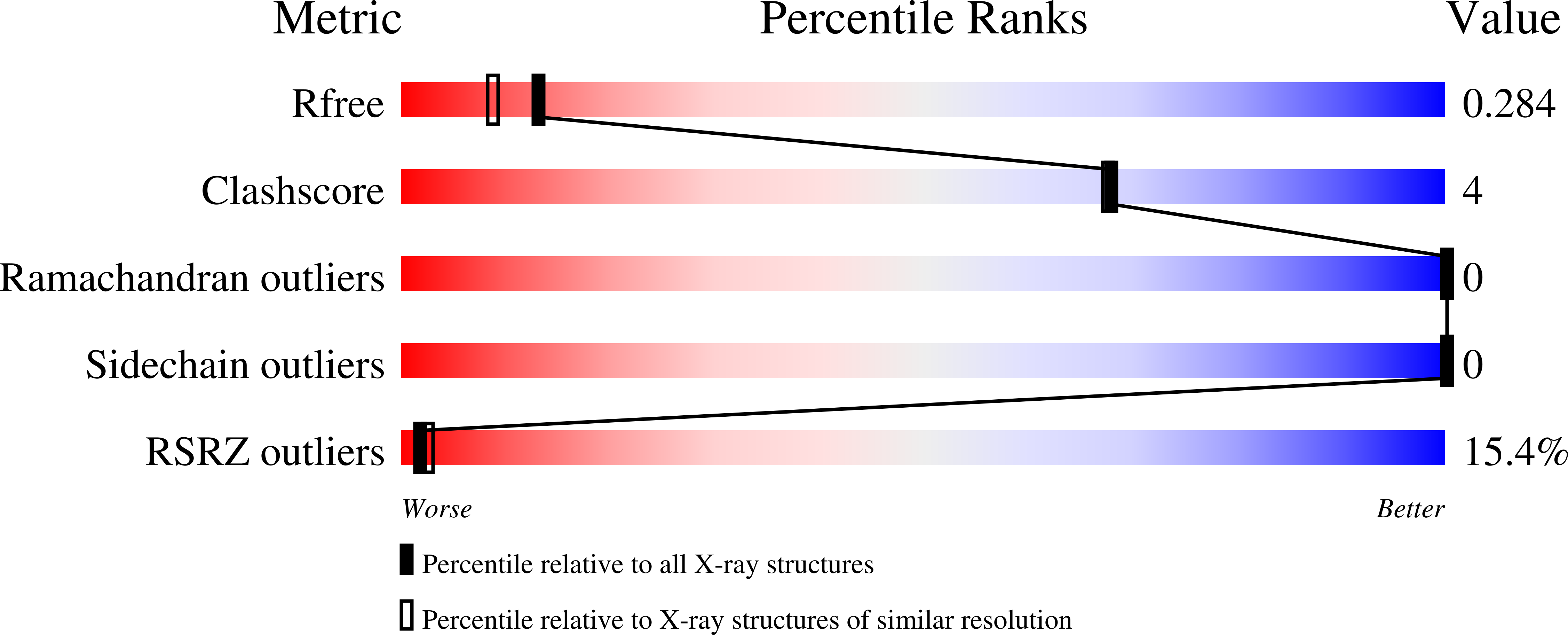
Deposition Date
2020-08-11
Release Date
2021-09-08
Last Version Date
2023-10-18
Entry Detail
PDB ID:
7JQS
Keywords:
Title:
Abeta 16-36 beta-hairpin mimic with E22delta Osaka mutation
Biological Source:
Source Organism:
Homo sapiens (Taxon ID: 9606)
Method Details:
Experimental Method:
Resolution:
2.13 Å
R-Value Free:
0.28
R-Value Work:
0.23
R-Value Observed:
0.23
Space Group:
P 41 3 2


